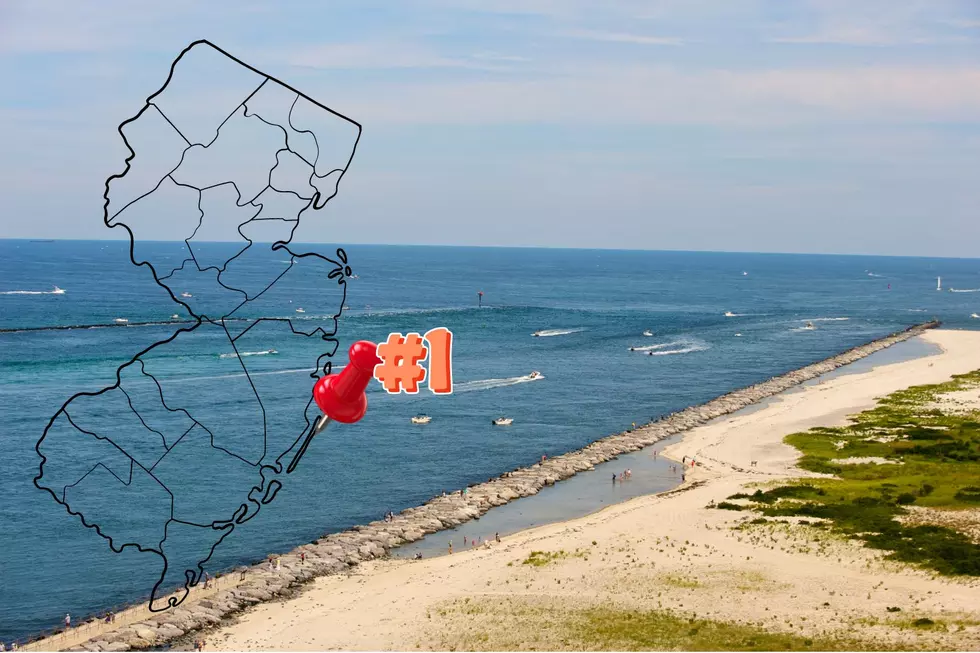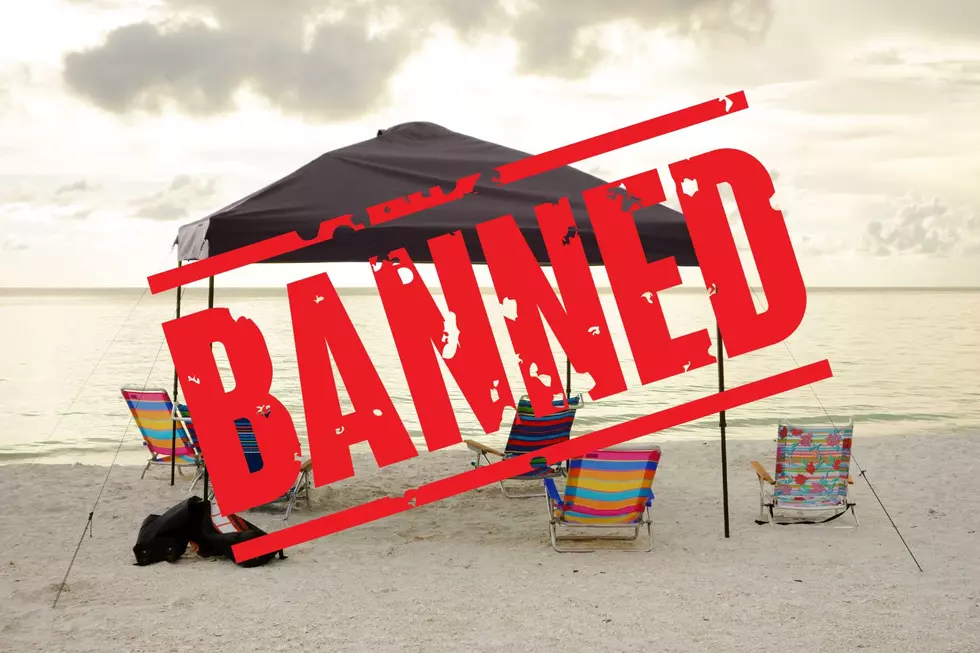
Late Summer Snappers Swarming
Story by Tom Pagliaroli
The earlier waning of daylight and the week-to-go time frame until the Labor Day weekend are the signals to bay, lagoon, lower tidal river ultra-light tackle enthusiasts that it’s time to hit the water in pursuit of that late summer fave: snapper blues.
And this year, it appears as if their numbers are beyond the normal abundance, as the rampaging schools are so thick you can practically walk on them. Word is, if you were to fall in when they are moving by, chances are you’ll be stripped to the bone as with Amazon River piranhas!
Okay... not that bad, but suffice to say mobs of these miniature eating machines slash, rip and masticate anything in their way that appears even the most remotely edible, making them the ideal late August through September target for rods ‘n reelers of all ages.
These young-of-the-years bluefish grow at an amazing rate, estimated to be almost half an inch a week once they reach 5-inches which generally occurs by the last of July. Depending on their hatch date, they’ll be anywhere from 6 to 8-inches as you read this, reaching 9 to 10 inches by the third week in September.
Nothing fancy when it comes to tackle for tackling the hordes. Ideally, an ultra-light setup is the way to go, as it gives a snapper a chance to show its mettle. Figure the rod you’d use for stocked trout or sunnies. A long shank hook (#6 or #8...these make an optimum spearing presentation) with a split shot above and a bobber above that are all that is required. Some prefer a double hook rig under a spinner and bobber, and still others who don’t like to impale bait a small “Snapper Zapper” spoon, or a “Snapper Popper” with a hooked tube at the business end. With a Zapper, a simple cast and retrieve will impart a side-to-side swimming action; the Popper when pulled creating attention-getting splashes with the tube 12 to 15-inches behind it moving erratically. Both trigger strikes from prowling snappers.
Still, we prefer to use bait, and spearing is candy to snapper blues. This thin forge fish is even more numerous than the snappers and is no doubt the primary reason for their rapid growth rates. Sure, the lil’ blues will eat killies (minnows), bay anchovies, grass shrimp and just about anything else that swims, but it’s the spearing that is truly endearing. When using this bait, it’s vital to rig it so the point of the hook emerges just above the tail. Blues of all sizes are “tail biters”, i.e. they put the chomp on from behind. The point protruding from the tail area pretty much assures a hook set.
The Lenny Lance It Rig (available at the Capt’n Hippo in South Toms River) and Tide Rite Snapper Rig are removable double hook setups that allow a metal shaft to pass through the spearing from mouth to vent and then the hooks are slid on.
Despite its insatiable appetite and high octane metabolism, the snapper does have its preferred feeding times. In most of snapper country the last two hours of the incoming and the first two hours of the outgoing tides are best, as this is when baitfish are moving in or moving out. In some swims, it’s the first hour on either end. A call to the local tackle shop nearest the venue will have the info.
Snappers make for a fine repast. We prefer them whole. A cut from behind the head to vent removes the entrails, and then a few gentle strokes with a teaspoon removes the scales. A brush or two on either side with Italian salad dressing or melted butter and lemon, then arranged in a tinfoil tent and placed on the grill for a few minutes and then, voila’ a snapper snack extraordinaire!
As mentioned, the baby blues can be played anywhere there is salt or brackish water and where spearing are found. Perhaps the best venue in the 105.7 The Hawk listening area is the Toms River, from its Barnegat Bay ingress clear up to Mathis Park in South Toms River, some seven river miles of sheer snapper pandemonium.
The daily limit is 15.
More from The Hawk:
More From 105.7 The Hawk









